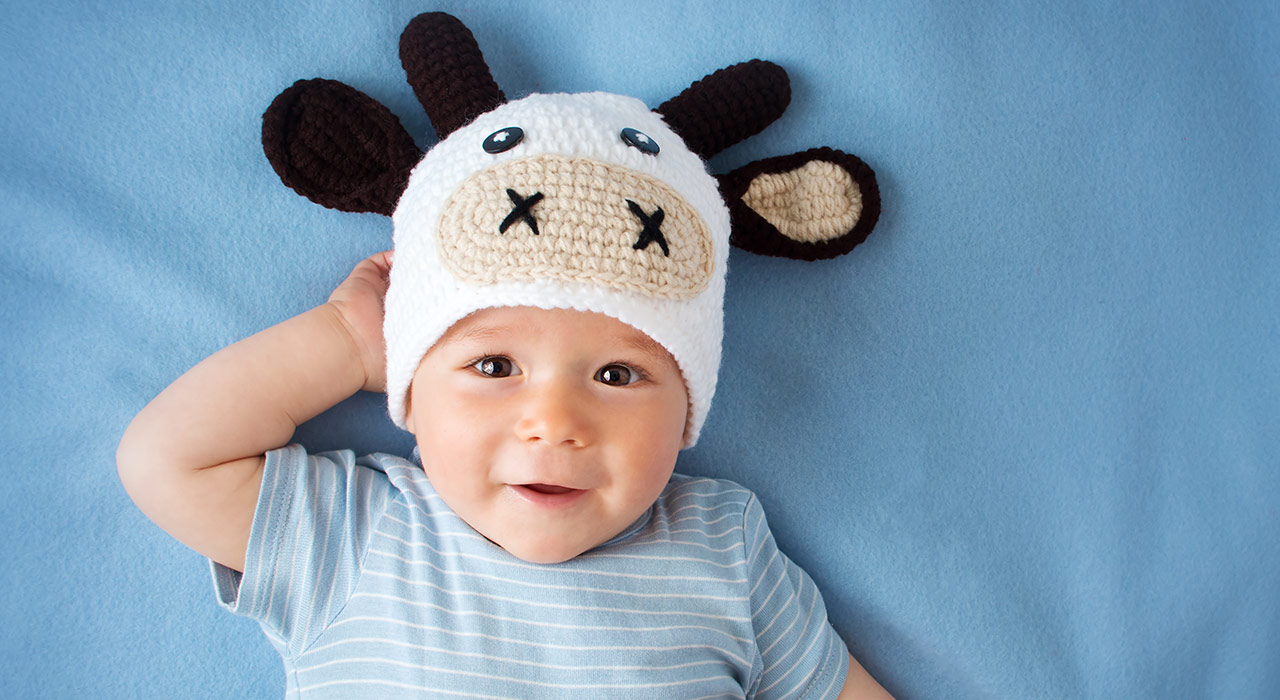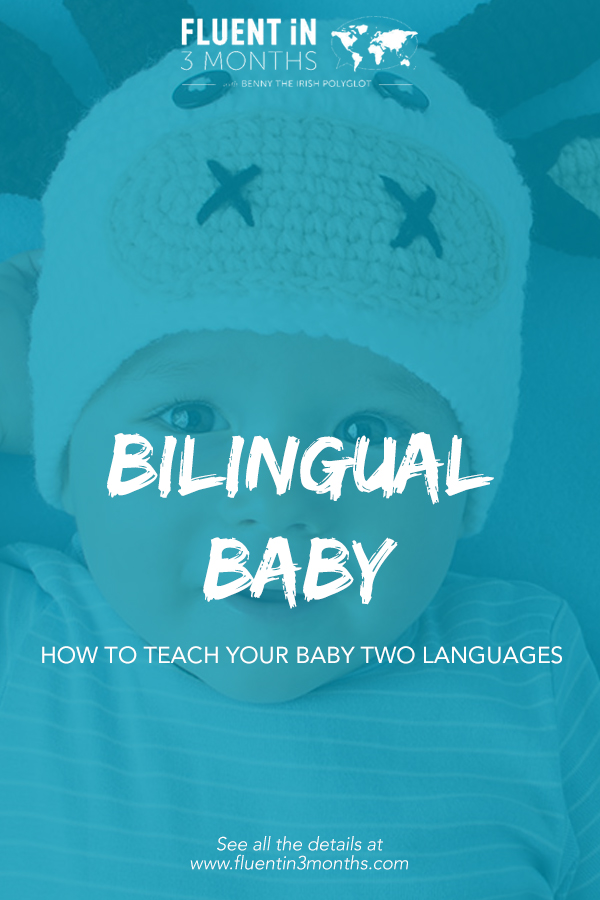Bilingual Baby: How to Teach Your Baby Two Languages
This past year, my husband and I welcomed a new addition to our family. While we were awaiting his arrival, we discussed whether or not we’d raise him to be a bilingual baby and speak multiple languages. For this article, I’ll call the little guy our “Little Linguist”.
First things first: Is it beneficial to raise a child with multiple languages? There are arguments on both sides of the fence. However, according to the majority of scientific studies, teaching your child two languages is beneficial. The benefits of being a bilingual child include:
- The ability to communicate with extended family
- Open-mindedness and acceptance
- Future job opportunities
- Being a “language friendly learner”. They’ll find it easier to acquire more languages later on in life.
- A more diverse cultural upbringing (with literature, films, perspectives, music, games, culture, and so on.)
- An increased ability to focus
- Neuroplasticity
- Delayed onset of Alzheimer’s disease in comparison to monolinguals
Are there any reasons not to have a bilingual baby? The greatest argument against introducing multiple languages at a young age seems to be that teaching a child more than one language will confuse them or cause delays in their learning. But recent research is proving this wrong.
Growing up, I often heard my father lament the fact that his father had never taught him and his brothers Croatian (his native language). This had huge impact on me – and is one of the reasons I’m now learning Croatian.
After hearing my father’s story, I swore to myself that I never wanted my children to feel the way my father felt. I never wanted them to feel that I had shorted them in some way by not sharing my languages and cultural heritage. If later on in life they choose not to learn several languages, then that’s their decision to make. But the least I can do is offer them the languages I speak.
Here’s How to Teach Your Baby Two Languages (or more!)
When it comes to successfully bringing up a bilingual baby, there’s no one size fits all approach. It’s all about finding what works best for your situation and your child.
There are four methods for raising bilingual kids that seem to be the most widespread, so we’ll focus on them and how they can support your child’s bilingual development.
One Person One Language (OPOL)
The One Person, One Language method is where each parent consistently speaks a different language to the child. This could mean that the mother speaks her native Portuguese with her children, while her partner speaks to them in English.
This method is also effective when the two languages used by the parents are different to the main language used outside the home. In other words, it’s still okay even if neither parents’ language is the majority language where the family lives. In the example I used, with a Portuguese speaking mother and an English speaking partner, the family could live in Japan, and thus, the child would learn a third language through school.
The One Person, One Language approach is often regarded as the best method for teaching a child two languages because it is believed that it results in less mixing. It also ensures that your baby has regular exposure to both languages.
That said, it requires a lot of dedication from the parents to avoid mixing languages.
Minority Language at Home (ML@H)
While children need support in every language they speak, many parents find that a minority language needs extra support. When this is the case, many families adopt the Minority Language at Home approach.
This means that the minority language is used at home by both parents with the children.
For example, both parents speak French at home (whether it is the native language of both parents or not) while living in Germany (where the child learns to speak German outside of the home).
Time and Place (T&P)
The Time and Place method is commonly used in bilingual schools. This could mean that during the morning, everyone speaks one language and in the afternoons everyone speaks another language. Alternatively, it could mean that Tuesdays and Thursdays are for the majority language, while Mondays, Wednesdays, and Fridays are spent with the local minority language.
Families can adjust this approach as it suits them, and it could even mean a seasonal approach. Perhaps the majority language is used most of the time, while the minority language is used over the weekends or during summer to coincide with a family vacation to the country where the language is spoken.
Mixed Language Policy (MLP)
With the Mixed Language Policy, parents use the language that is appropriate to the situation. For example, the majority language may be used to help with school projects while the minority language may be used to discuss personal topics.
Teaching a Child Three or More Languages
All the methods I’ve shared so far can be used to teach two or more languages. There’s one more method for families interested in going beyond bilingualism and teaching their children more than two languages.
Two Parents, Two Languages (2P2L)
The Two Parents, Two Languages approach is for parents who are bilingual themselves. This may mean, for example, that the mother speaks to her child in English and German while the father speaks to the children in Mandarin and Cantonese.
Combining Methods for Teaching Bilingualism to Children
Each of the methods I’ve outlined can be combined with one another depending on what is most appropriate for the situation.
Regardless of which method you choose, your child will need as much consistent input and support as possible in each language.
If you need help getting started, we put together a few resources to help support your child’s language learning:
Our Approach to Bringing Up a Bilingual Baby
At home, my husband and I already talk to one another in both French and English. With a baby in the house, it has just become a matter of mixing the two less often.
Outside our home, my family speaks English while my husband’s only speaks French. As such, the decision to teach Little Linguist both French and English was easy. For him to be able to communicate with his family, he’d need to know both.
However, we decided we wanted to do more to give him every leg up, so we made the decision to speak to him in Mandarin Chinese, too.
We are currently using the OPOL method, where my husband speaks to him in French and I speak to him in Chinese. Since we live in the US, we aren’t too worried about his English for now. We’re also certain he’ll pick it up from my parents and later on in school.
Of course, as time goes by, we’ll probably need to adapt our methods based on what language support Little Linguist needs as he gets older. I’m sure our strategies will constantly evolve as he grows.
What about you? Have you decided to teach your baby two languages or more? What methods are you using to support their language development?




Social